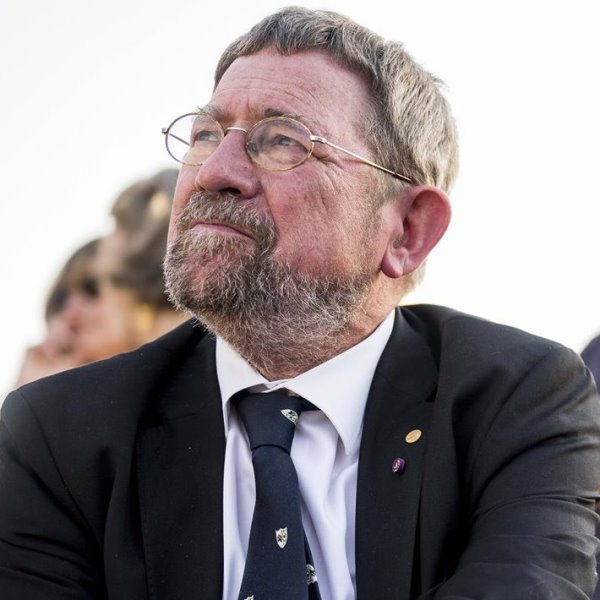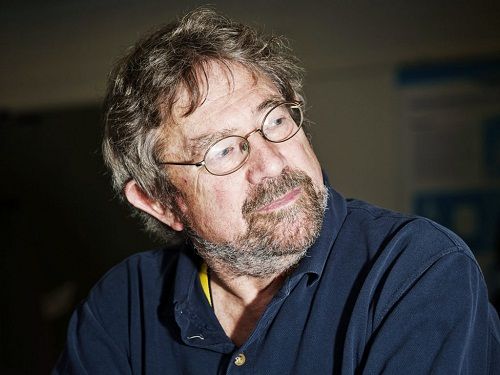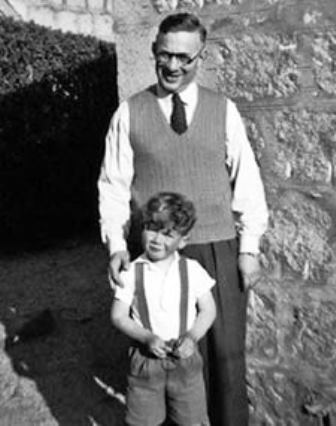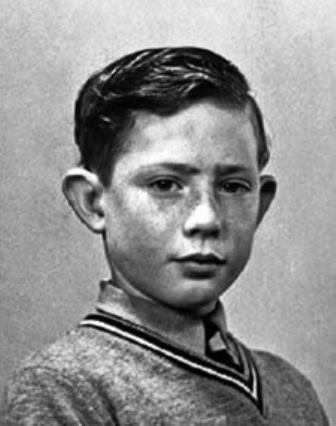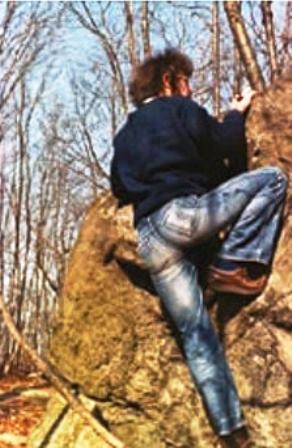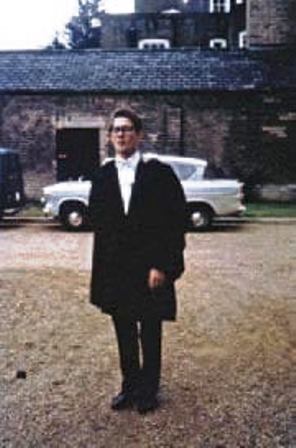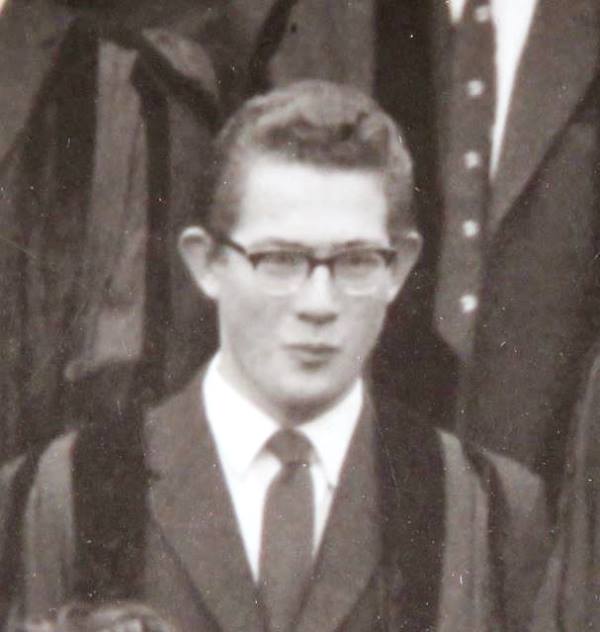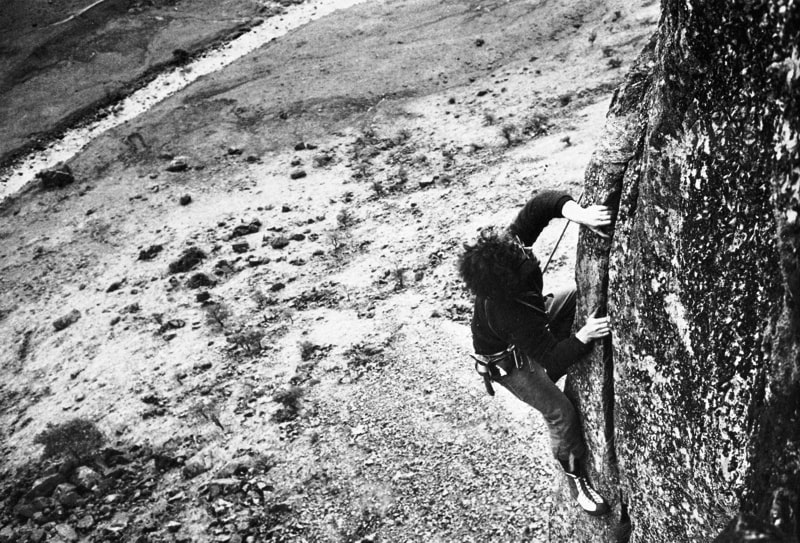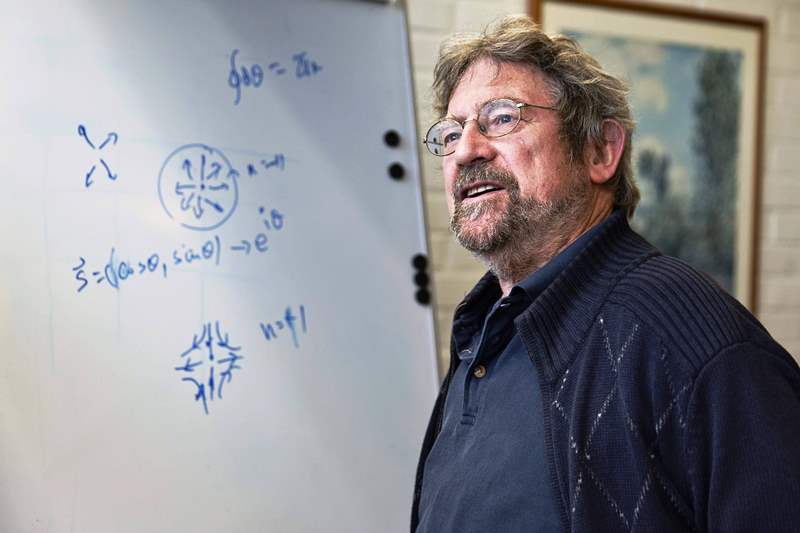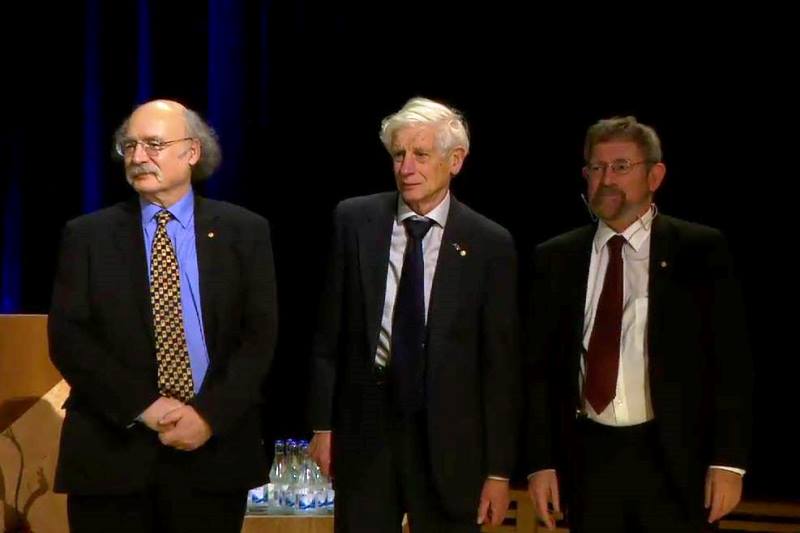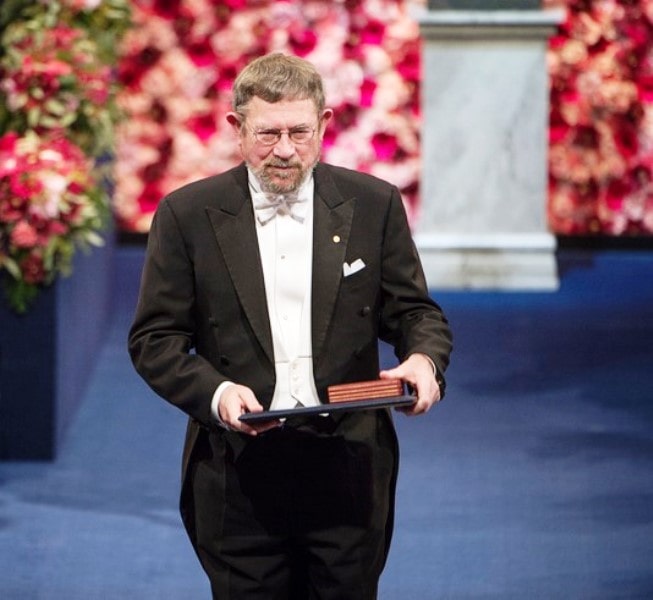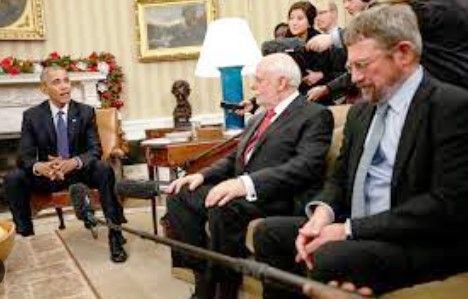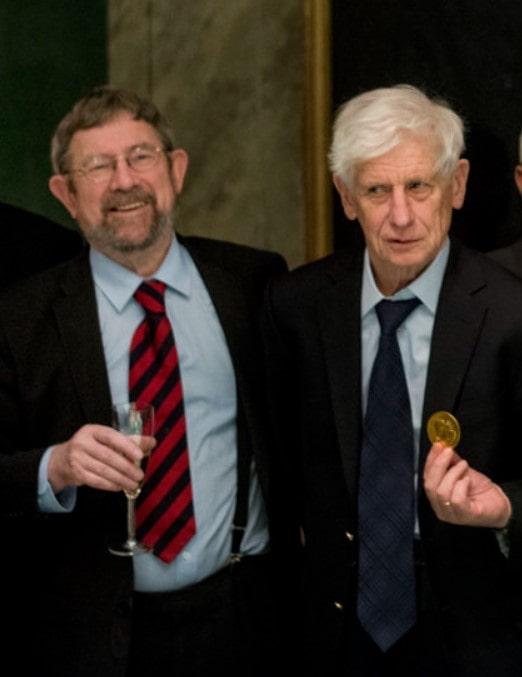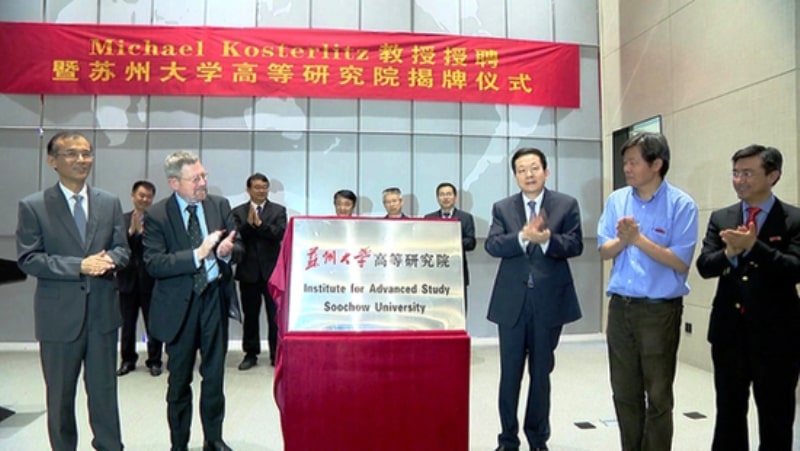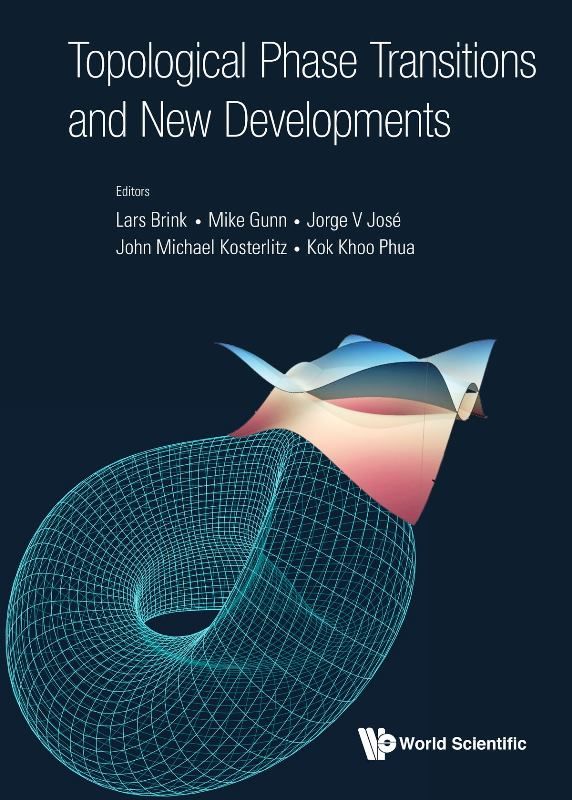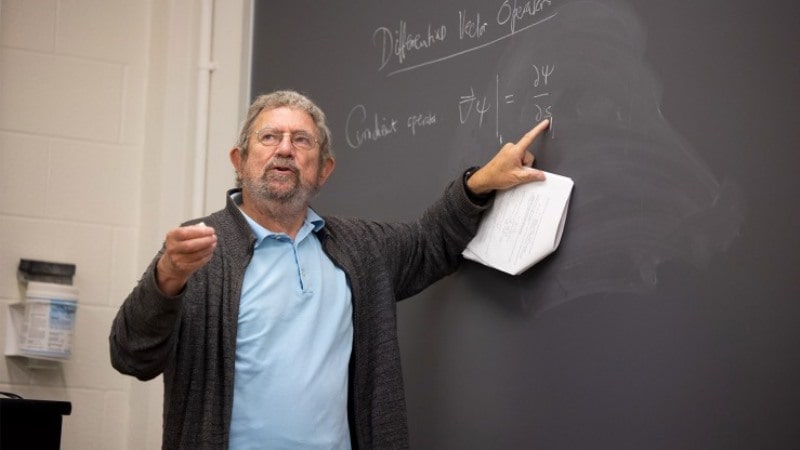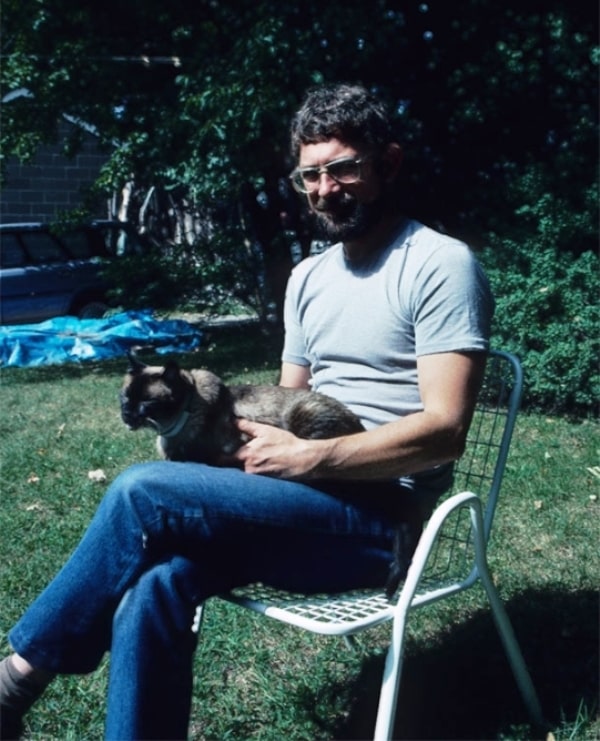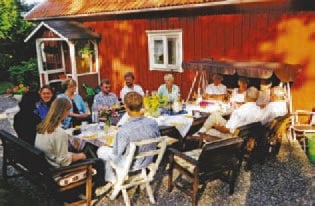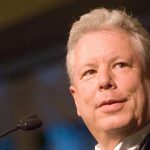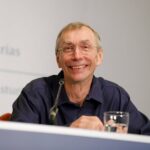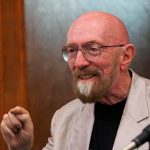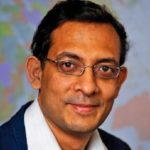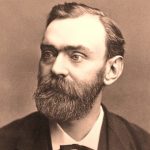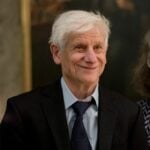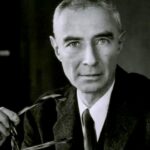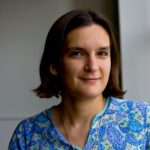J. Michael Kosterlitz Age, Wife, Children, Family, Biography
Quick Info→
Age: 81 Years
Hometown: Providence, Rhode Island
Wife: Berit Kosterlitz
| Bio/Wiki | |
|---|---|
| Full Name | John Michael Kosterlitz |
| Nickname | Mike |
| Profession(s) | Physicist, Teacher |
| Famous For | Receiving the Nobel Peace Prize for Physics in 2016 |
| Physical Stats | |
| Height (approx.) | 5' 8" (173 cm) |
| Eye Colour | Hazel Grey |
| Hair Colour | Salt and Pepper |
| Career | |
| Academic Honors, Achievements | • 1980: Maxwell Medal, awarded by Institute of Physics • 1993: Elected Fellow of American Physical Society • 2000: Lars Onsager Prize awarded by American Physical Society • 2006: Harrison E Farnsworth Professor of Physics, Brown University • 2007: Elected Fellow of American Academy of Arts and Science • 2008: Appointed Korea Institute for Advanced Study Scholar • 2012: Reappointed KIAS Scholar • 2016: Appointed Distinguished Professor, KIAS • 2016: Nobel Prize in Physics (with D. J. Thouless and D. Haldane) 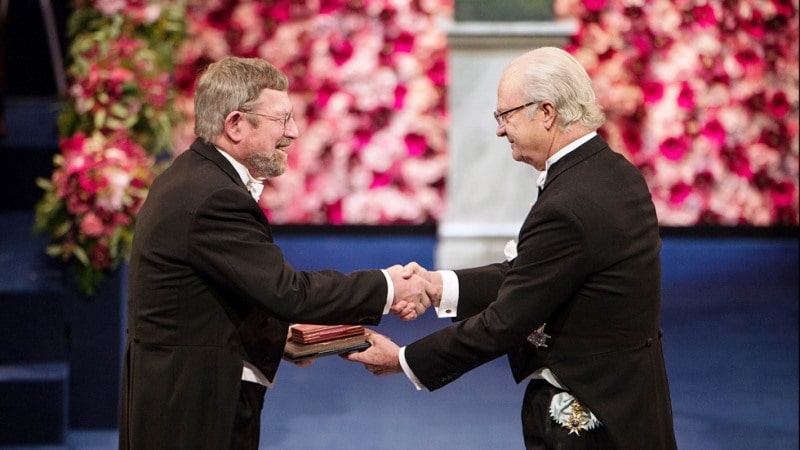 • 2017: Elected Member of National Academy of Sciences • 2017: Honorary degree from Birmingham University 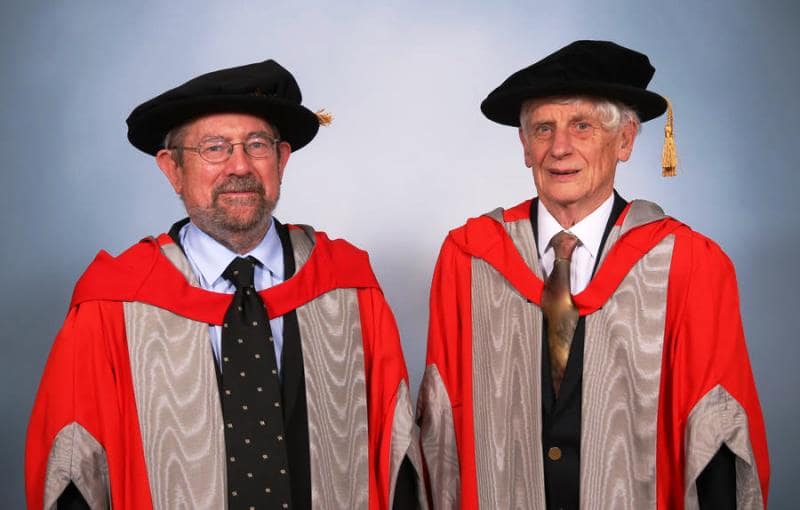 • 2017: Honorary degree from Aberdeen University • 2017: Elected honorary fellow of Brasenose College, Oxford University • 2017: Elected honorary fellow of Gonville & Caius College, Cambridge University • 2018: Honorary doctorate from Brown University • 2018: Honorary doctorate from Torino University • 2018: Inducted as member of National Academy of Sciences • 2018: Medallion from the Oppenheimer Committee 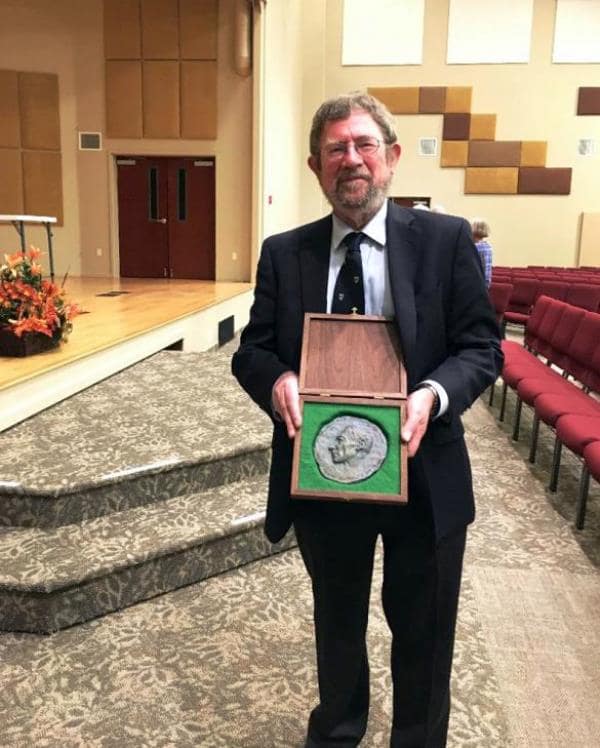 • 2019: Honorary DSc from McGill University, Montreal, Canada • 2019: Honorary DSc from Oakland University, Rochester |
| Personal Life | |
| Date of Birth | 22 June 1943 (Tuesday) |
| Age (as of 2024) | 81 Years |
| Birthplace | Aberdeen, United Kingdom |
| Zodiac sign | Cancer |
| Signature | 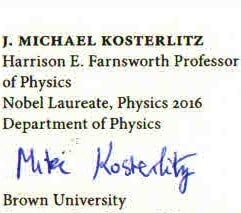 |
| Nationality | • British (1943-2004) • American (2004-present) |
| Hometown | Providence, Rhode Island, USA |
| School | • Robert Gordon's College, Aberdeen, Scotland • Edinburgh Academy Senior School, Scotland |
| College/University | • Gonville & Caius College, University of Cambridge • Brasenose College, Oxford University |
| Educational Qualification(s) | • B.A. from Gonville & Caius College (1965) • M.A. from Gonville & Caius College (1966) • D.Phil. in High Energy Physics from Oxford University (1969) |
| Religious Views | Atheist |
| Food Habit | Non-Vegetarian |
| Address | Box 1843, Providence, Rhode Island - 02912, United States of America |
| Hobbies | Travelling, Reading |
| Relationships & More | |
| Marital Status | Married |
| Affairs/Girlfriends | Berit Kosterlitz (teacher)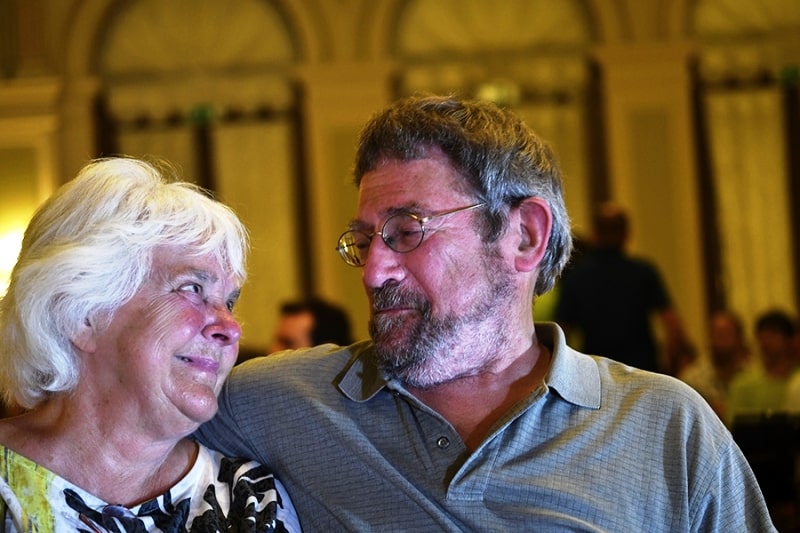 |
| Marriage Date | September 1970 |
| Marriage Place | Torino, Italy |
| Family | |
| Wife/Spouse | Berit Kosterlitz (teacher)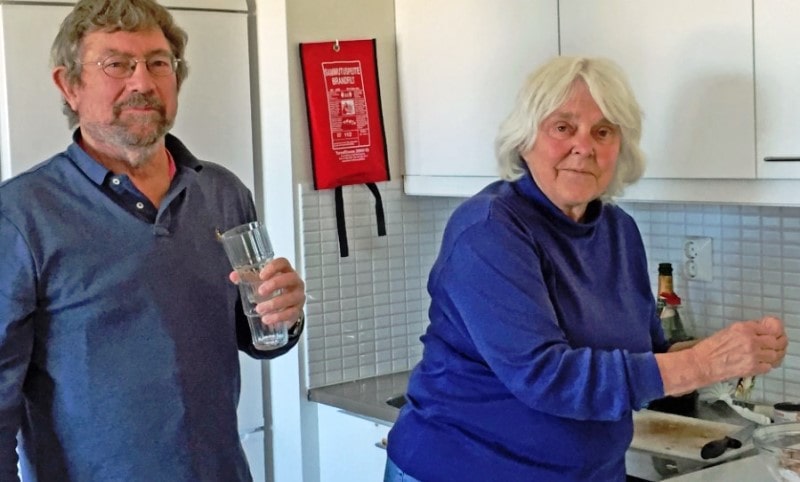 |
| Children | Son- 1 • Jonathan Kosterlitz 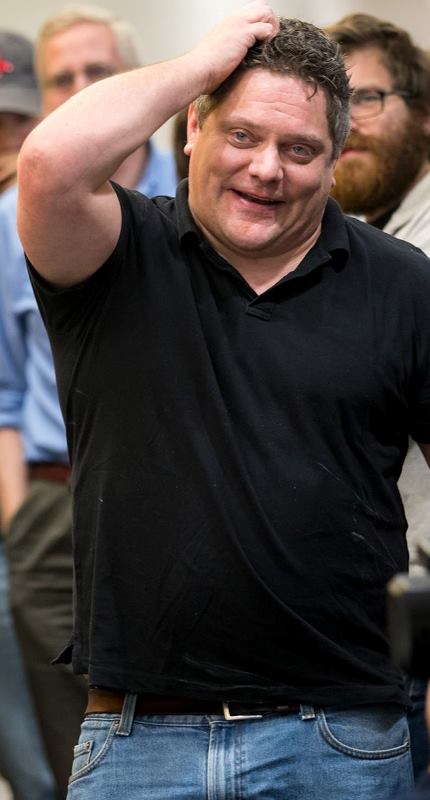 Daughter(s)- 2 • Elisabeth Kosterlitz • Karin Kosterlitz 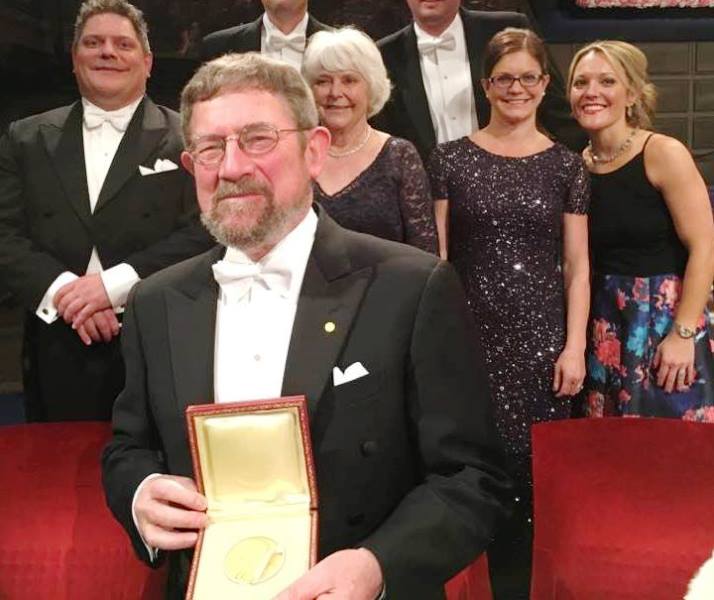 |
| Parents | Father- Hans Kosterlitz (27 April 1903 - 26 October 1996) (biochemist)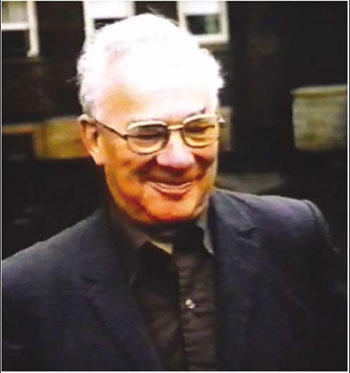 Mother- Johanna Maria Kosterlitz (Gresshöner) (deceased) |
Some Lesser Known Facts About J. Michael Kosterlitz
- Michael is of Jewish ethnicity.
- Michael’s father, Hans Walter Kosterlitz, emigrated from Germany to the UK in 1934 as he was a Jew and the Jews were being prosecuted in Germany and sent to concentration camps.
- The other reason for leaving Germany was that Hans, despite being a doctor, was not recognized as one and the Nazi government passed a law under which Jewish doctors were not paid in government services.
- Michael spent the early days of his childhood in a village named Cults.
- According to him, his parents kept his German identity a secret from him for a long time and told him that the family was English. However, he often doubted their claims as his parents spoke Hebrew and German at home and not English.
- Michael’s inclination towards religion has been minimal since childhood. He stopped going to church and became an atheist after he enrolled at the college and moved out of his parent’s house.
- In school, he studied science, mathematics, history, geography, Latin, and French.
- At the Edinburgh Academy, he studied English A and S-level subjects. He went on to specialise in mathematics and science, especially physics.
- He did not do well in languages and social studies but performed well in math and science.
- Due to his interest in chemistry, his teachers often allowed him to stay and do experiments in the lab, often indulging in doing with volatile substances as a result of which the students had to vacate the lab due to gas leaks or chemical explosions.
- In an interview, he claimed that he did not perform well in chemistry as he had poor memory and could not memorise theories and formulae. He also faced difficulty in identifying different types of chemicals put in test tubes. Therefore, he decided to leave the subject.
- At Edinburgh Academy, Michael joined the British Army Cadet Corps (now known as Army Cadet Force) as it was compulsory for the students to enrol in it. He attended a training camp once a week and did not like it.
- At the end of his schooling, he appeared for a scholarship examination held by Cambridge University and passed it with good marks. According to him, he was not expecting to pass the exams.
- At Cambridge, Michael opted for chemistry despite his earlier decision to drop the subject. He found it more difficult due to his colourblindness making it hard for him to differentiate between the different coloured fluids.
- He decided to leave chemistry after narrowly avoiding an accident in the chemistry lab during a biochemical experiment at the university when a test tube containing a fluid suddenly blasted close to his face without any reason. He further talked about the incident, in an interview, and said,
To this day, I have no idea what happened but that episode confirmed that chemistry was not for me and that the less dangerous and less memory intensive subject of physics would be my best bet.”
- He was active in many university clubs including the Cambridge Climbing Club. In the club, he took part in many climbing competitions and won several awards.
- He developed a deep fondness for climbing and used to undertake climbing activities on the weekends at places far from the university.
- His grandmother passed away when he was pursuing graduation. She left him some money from which he purchased his first car.
- He met Berit, his wife, while he was at Cambridge University. They both used to take part in many adventure activities together.
- Michael began neglecting his studies to pursue his climbing interests. According to him, he used to sleep in classes on the weekdays as he used to get very tired after climbing on the weekends.
- In the final year of his graduation, he received an upper second-class degree, while in the third year, he achieved a first-class degree.
- While preparing for his final year exams, Michael realised his mistake of neglecting his studies. He had no notes and did not know what was in the syllabus. However, he was helped by his friends, who taught him the topics he could not understand.
- After graduating, he decided to go to Peru to climb the Andes.
- After spending some time in Peru, he was asked to return to Cambridge University by his father to attend a one-year Master of Mathematics (Mathematics Part III) to improve his final year marks.
- Michael did not pay much attention to his studies and ended up with an upper second-class degree. He received lower marks in high energy theory, which led to him being unable to specialise in that field at Cambridge.
- Michael was later offered specialisation in a different field of physics; however, he refused and left the university.
- Thereafter, he joined Oxford University as he was allowed to pursue a specialisation in his desired field.
- At Oxford, he was not allotted a hostel to live in; therefore, he had to rent a small flat in which he lived with many people.
- While pursuing his PhD, he published three research papers on Regge poles and the Veneziano model, a precursor to modern string theory.
- At first, he was hesitant about working under his supervisor at Oxford because the supervisor allowed him to work independently with minimal intervention. However, in a later interview, Michael mentioned that the supervisor’s hands-off approach, instead of spoon-feeding, helped him enhance his research skills.
- After some time, he relocated to Italy, where he joined the University of Torino. There, he continued his research work in high energy.
- While in Italy, he continued to pursue his hobby of rock climbing and climbed many mountains. He also visited the United States to climb the steep features in the Yosemite Valley.
- In 1969, he published another research paper titled Problems in Strong Interaction Physics.
- Since his research work gained a lot of popularity in Europe, he was awarded a postdoctoral fellowship grant by the London-based Royal Society.
- Later, he joined the Istituto di Fisica Teorica in Italy. The main reason behind joining the institute was to work under the guidance of renowned modern string theorist Sergio Fubini. Another reason for joining was the proximity of the Alps to the institute, which allowed him to continue his rock climbing activities.
- His name is inscribed on a stone in the Orco Valley as Fessura Kosterlitz for creating a climbing record.
- In Italy, he also developed a passion for skiing.
- According to Michael and Berita, his wife, they initially faced the challenge of communicating with local cab drivers who did not understand English, as they both didn’t speak Italian. Michael talked about it, in an interview, and said,
We had many other interesting challenges to overcome of which renting an apartment and furnishing it, all in Italian, was one. Another was to deal with the local car drivers.”
- Michael developed a specialisation in conducting lengthy calculations while working on high energy.
- He went on to co-author a research paper titled The General N-Point Vertex in a Dual Model with Dennis Wray. This theory proved to be very important in the advancement of the research of the string theory.
- In 1971, after completing his formal education, Michael applied to become a PhD teacher at the European Organization for Nuclear Research (CERN). However, his application was rejected after he did not submit the required documents in time at the institute.
- In the same year, he was appointed to the faculty of the University of Birmingham as a lecturer and post-doctoral researcher.
- The post was initially for a person with at least three years of experience; however, Michael was accepted despite having no prior experience.
- Michael and Berit dated each other for over seven years before getting married in 1971. According to Michael, the topic of marriage came up several times during their relationship, but they chose not to marry because Berit considered Michael to be “immature.”
- Since Michael and Berit got married in Italy, they wanted to register their marriage there. However, they faced difficulties in doing so due to strict laws.
- From 1970 to 1973, Michael served as a postdoctoral teacher in Birmingham University’s Department of Mathematical Physics. He went on to become a reader at the university.
- There, he worked on creating mathematical calculations for the dual resonance model of Veneziano. He, however, stopped working on the model after it came to his attention that some other researcher from the University of California, Berkeley, had done it before him.
- During this time at the university, he came in touch with fellow Nobel Prize recipient David J. Thouless.
- He and Thouless came up with the concept of vortex as a topological excitation or defect. On it, the duo published many journals and articles, which were cited later by many researchers.
- To further improve the concept of the vortex, David tasked Kosterlitz with studying the one-dimensional Ising Model by Phil Anderson. Michael studied the model for six months.
- After studying and including the lessons from Phil’s research in his own, Michael penned a research paper on the two-dimensional planar rotor model of the superfluid.
- In 1973, Thouless and Kosterlitz published a research paper on “‘Ordering, metastability and phase transitions in two-dimensional systems,” which came to be known as K-T transition theory.
- In the same year, he relocated to the United States of America, where he joined Cornell University as a postdoctoral researcher.
- There, he worked with famous physicists Michael Fisher and David Robert Nelson. Michael worked on the concept of phase transitions and critical phenomena with the duo.
- Since his post-doctoral research and teaching career demanded most of his time, Michael could not take out time from his schedule for rock climbing.
- Kosterlitz wanted to make a professional career in rock climbing but decided not to, believing it wouldn’t lead to success.
- After leaving Cornell University in 1974, Kosterlitz returned to the University of Birmingham as a tenured lecturer.
- In 1978, he received a promotion and became a Senior Lecturer in the Department of Mathematical Physics.
- In the same year, he was appointed as a visiting faculty lecturer at Princeton, Bell Laboratories, and Harvard University.
- In September 1978, he was admitted to the hospital after he lost his motor control. He was later diagnosed with multiple sclerosis. He had to leave mountaineering because of it.
- Thereafter, he and David Nelson co-authored a research paper titled Universal Jump in the Superfluid Density of Two-Dimensional Superfluids.
- In 1979, he was offered the position of senior physics lecturer at Brown University. Upon learning this, the University of Birmingham offered to appoint him as a research professor with a salary increase.
- The University later withdrew its offer as a result of which Michael resigned from his post and joined Brown University. Michael revealed the incident, in an interview, and said,
I was about to refuse the offer from Brown when Birmingham abruptly withdrew their offer. Combined with my illness, for which I subconsciously blamed Britain, this was the last straw and I immediately tendered my resignation and left for Brown.”
- In 1979, he went to Italy, where he delivered a speech as a guest at the 6th MECO Conference.
- Due to his expertise in physics, he started teaching two specialised physics courses simultaneously at Brown University.
- Over the years, Kosterlitz has been following many areas of research viz. condensed matter theory, electron localization, melting & freezing, spin glasses, phase transitions, etc.
- Kosterlitz was offered United States citizenship a few years after he joined Brown University. He, however, did not apply for it because of his wife as she did not wish to surrender her Swedish nationality as Sweden did not allow dual citizenship back then.
- In April 1981, he delivered a speech to the NATO delegates at NATO’s Winter School in Geilo, Norway.
- In 2000, Michael was appointed as a member of the 2001 Lars Onsager Prize selection committee of APS.
- He felt the need to acquire US citizenship after the September 2001 attacks on the Twin Towers to protect his wife and kids from getting deported to the UK.
- From 2002 to 2003, Michael served as a member of the International Support Committee and referee for the M2S-RIO International Conference in Rio de Janeiro.
- At Brown University, he was granted a research scholarship by the U.S. National Science Foundation (NSF) following which he started working on a research paper on two-dimensional arrays of Josephson junctions such as disorder and in a magnetic field.
- He was later joined by a renowned Brazilian physicist named Enzo Granato in the research.
- Thereafter, he made a team of South Korean scientists and worked on the mathematical equations to study the kinetics of growth of a surface by random deposition. The team also studied the scaling of the interface width with time and evaluated the exponent to a high degree of accuracy.
- The NSF decided to withdraw its scholarship after a team of physicists from Germany proved the calculations of the exponent to a high degree of accuracy earlier than Michael’s team.
- Despite being defeated by the German team of physicists, Michael, along with a student of his, continued working on the calculations, and in 2010, the duo wrote a research paper which got accepted.
- In the same year, the University of Aberdeen established the Kosterlitz Centre to honour his father.
- To conduct research work, Michael travelled to different European countries including France and Finland. In Finland, he worked with the renowned Finnish physicist Tapio Ala-Nissila on phase field models of growth for more than two decades.
- Thereafter, he visited the Korea Institute of Advanced Study in Seoul, where he worked with a team of physicists in various fields.
- For doing research work at the Institute of Advanced Studies, he was appointed as a distinguished visiting professor at the university. He teaches there for two months every summer.
- In 2007, he was appointed as a member of the Committee on Diversity in Hiring at Brown University. He served on the committee till 2008.
- Kosterlitz has also worked as a visiting research fellow at Aalto University in Finland.
- In 2008, he became a member of Brown University’s Committee on Faculty Equity and Diversity (CFED). He went on to become vice chairperson, chairperson, and past chairperson of the committee.
- In October 2016, Michael Kosterlitz, Duncan Haldane, and David J. Thouless were awarded the Nobel Peace Prize in Physics “for theoretical discoveries of topological phase transitions and topological phases of matter.” Michael began working on this subject in the 1970s before Duncan and David joined him.
- He received one-fourth of the prize money; his share being $232,500.
- He revealed in an interview that he thanked the jury after winning the Nobel Prize by bowing to them in the opposite direction of where they were seated. He said,
I thought this ceremony was so simple only an idiot could screw it up. I managed.”
- He was in the underground parking lot of Aalto University when he received a call informing him about his selection for the prize.
- After winning the medal, Kosterlitz travelled to Washington, D.C., where he met Barack Obama, the then President of the United States, whom he considers to be his idol.
- Michael Kosterlitz drinks alcoholic beverages occasionally.
- In 2017, he was named as the Climbing Ambassador for the Climbing Oscars Awards.
- In the same year, he was appointed as the chair professor of China-based Soochow University.
- In 2019, he penned a research paper titled Wavelength Selection in Driven Out of Equilibrium Systems.
- In the same year, he was appointed as a member of the advisory committee at the Institute of Basic Science in South Korea.
- Michael Kosterlitz became a member of the Advisory Board Member at the Max Planck Institute in Goettingen, Germany, in 2021.
- He has organised and attended many international conferences such as the International Conference on Two-Dimensional Systems (March 1979), the 4th Oregon Conference on Liquid He (August 1979), and the Gordon Conference on Fractals (1990).
- Owing to his expertise in Physics, he has served as a professor (visiting faculty) in many universities such as Harvard University’s Department of Physics, Université d’Orsay’s Laboratoire de Physique des Solides in France, and Helsinki University’s Department of Physics in Finland.
- Some of the most cited and popular research papers authored by him include Charge Glass in Two-Dimensional Arrays of Capacitively Coupled Grains with Random Offset Charges (1998), Numerical Study of Order in a Gauge Glass Model (1998), Numerical Study of Spin and Chiral Order in a Two-Dimensional XY Spin Glass (1999), Phase-field Modeling of Eutectic Growth (2000), and Sharp Interface Limits of Phase-Field Models (2001).
- In 2022, NSF once against granted him a scholarship to work on his thesis.
- Michael Kosterlitz is an avid animal lover, and he particularly likes cats.
- He owns a summer house in Sweden, where he likes to spend his summer vacations with his wife, kids, and close relatives.

